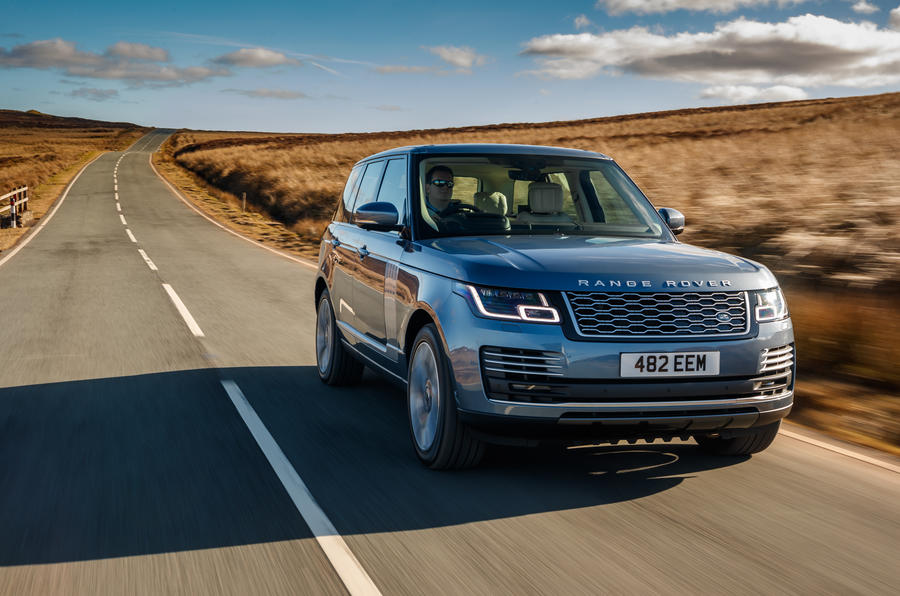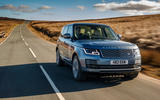What is it?
Since the first-generation Range Rover entered production back in 1970, the nameplate has come to signify a vehicle synonymous with luxury and refinement; so much so that today it wouldn’t be unreasonable to label the big SUV as the benchmark against which all other high-end cars are measured. Well, all cars this side of a Rolls-Royce Phantom or Bentley Mulsanne, perhaps.
As such, if you consider the market position Range Rover now occupies - and the associated connotations - Jaguar Land Rover’s decision to introduce a plug-in hybrid model is backed by some pretty solid logic, and that’s not necessarily referring to the environmental benefits that electrified powertrains are claimed to bring about.
You see, as important as a coveted badge, plush interior and classy, stately styling may be in this segment, there’s one thing that’s equally if not more important than all of these traits: the capacity for silent, refined motoring. And let’s be honest, if it’s silence you want, an electrified powertrain is a great way to go about getting it.
Admittedly, the powertrain fitted to this latest Range Rover - model name P400e - isn’t purely electric. It combines Jaguar Land Rover’s 2.0-litre, four-cylinder Ingenium petrol engine (found in everything from the Jaguar F-Type to the Land Rover Discovery) with an 85kW electric motor, which is in turn powered by a 13.1kWh battery. So while an internal combustion engine is present, the 2509kg P400e still has the ability to travel as far as 31 miles on electricity alone, at speeds of up to 85mph.
While that doesn’t sound like a great deal of range in the real world, when you think about where cars such as a Range Rover are increasingly being bought and used - in busy cities - that 31 miles is actually pretty decent. Provided you had reliable access to a charge point at home and work, it’s perfectly reasonable to assume that you could get away with performing the vast majority of your journeys on electricity alone.
Now, the idea of buying a Range Rover - or any large 4x4 for that matter - only for it to be used within the confines of the urban sprawl is a bit of perplexing one, but the fact of the matter is that it happens. A lot. And considering that it’s rather unlikely this attitude will change any time soon, that manufacturers such as Jaguar Land Rover are beginning to roll 4x4s that have the ability to produce zero tailpipe emissions off their production lines will at least go some way to reducing the negative public perception that SUVs are, in fact, seriously bad for the environment. After all, thanks to its petrol-electric hybrid powertrain, the Range Rover P400e emits just 64g/km of CO2 on the combined cycle - and that’s not to be sniffed at.


























Join the debate
Add your comment
This petrol engine
produces 178g/km CO2 in a Velar P300, but apparently it only produces 64g/km in a significantly heavier full fat RangeRover. Now tell me again its not a tax fiddle.
In a similar vein to the BMW X6 - what's the point?
Chintz for posh chavs trying to cheat the system.
Yeah i'll happily pay £105k or whatever the lease cost may be for a unbelievably rubbish 4 cyl behemoth with a rediculously heavy battery...
Christ Autocar - COME ON! Stop being such utter noobs and properly review these cars. This is yet another pile of doo doo and you know it. I cannot believe you are so willing to let your century old reputation run away from you like this....
Dieslers are missing the point...
What this vehicle is, is a way of people with lots of money (and have gotten rid of their pariah diesels) to still being able to drive around London and other inner cities in a big wasteful vehicle while the motoring sheep in the "noisy old dirty diesels" "get stiffed" by the local councils...brilliant plan for the wealthy and that's why I still drive a 6cyl 2001 car only thing is I pay through the nose beacuase I know I will never be able to "keep up with events" like the people who can afford this sort of vehicle can.